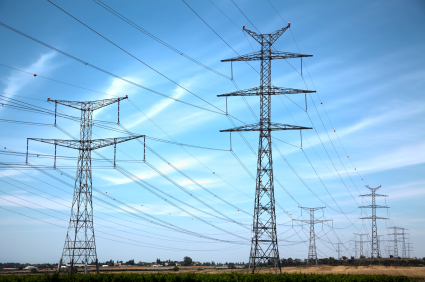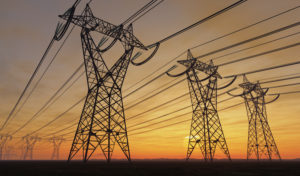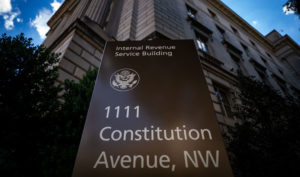
DOE decides not to give FERC transmission line siting power under the Federal Power Act.
In a move that will ensure it continues to play a role in future electricity transmission siting decisions, the U.S. Department of Energy (DOE) recently determined that it would retain authority over transmission line projects.
The Federal Energy Regulatory Commission (FERC), which shares federal transmission siting power with the DOE, had previously requested that DOE delegate all of its authority to FERC to expedite transmission development.
In recent decades, power line construction has slowed relative to the rising demand for electricity and the need for power lines that service renewable energy plants. The federal government responded to this problem by passing the Energy Policy Act of 2005 (EP Act), which added Section 216 to the Federal Power Act. This section allows for federal approval of electric transmission facilities in situations when a state lacks authority to issue siting permits or when a state commission withholds approval for more than 1 year.
The EP Act created federal transmission siting power, known as “backstop authority,” and split this authority between the DOE and FERC. The DOE is responsible for publishing electric transmission congestion studies every three years and has the power to designate areas in need of power lines as National Interest Electric Transmission Corridors (NIETCs). FERC is responsible for issuing permits for proposed transmission facilities.
Traditionally, states had exclusive control over transmission developments, including interstate projects. Many experts have argued this exclusive control could unnecessarily delay transmission line development, since the construction of a single line can require the approval of several states.
Despite congressional intentions, the backstop authority in Section 216 has not stimulated new transmission projects. FERC has only received one project proposal, which never moved beyond the planning stage of production. DOE designated two NIETCs in 2007, but the Ninth Circuit struck down the corridors in February of this year. The court found that the DOE failed to properly consult with the states involved and to conduct relevant environmental analysis under the National Environmental Policy Act (NEPA).
FERC argued that unifying all federal backstop authority procedures would speed federal transmission siting approval. Many members of the electricity industry, ranging from American Electric Power to the American Wind Energy Association, supported FERC’s proposal.
The DOE rejected FERC’s suggestion, arguing that “enhanced cooperation” between the two agencies would be the best way to encourage future transmission projects. DOE announced that it would work more closely with FERC when developing congestion studies and conducting NEPA reviews.
The National Association of Regulatory Utility Commissioners, which represents state public utility commissions, applauded DOE’s decision.



